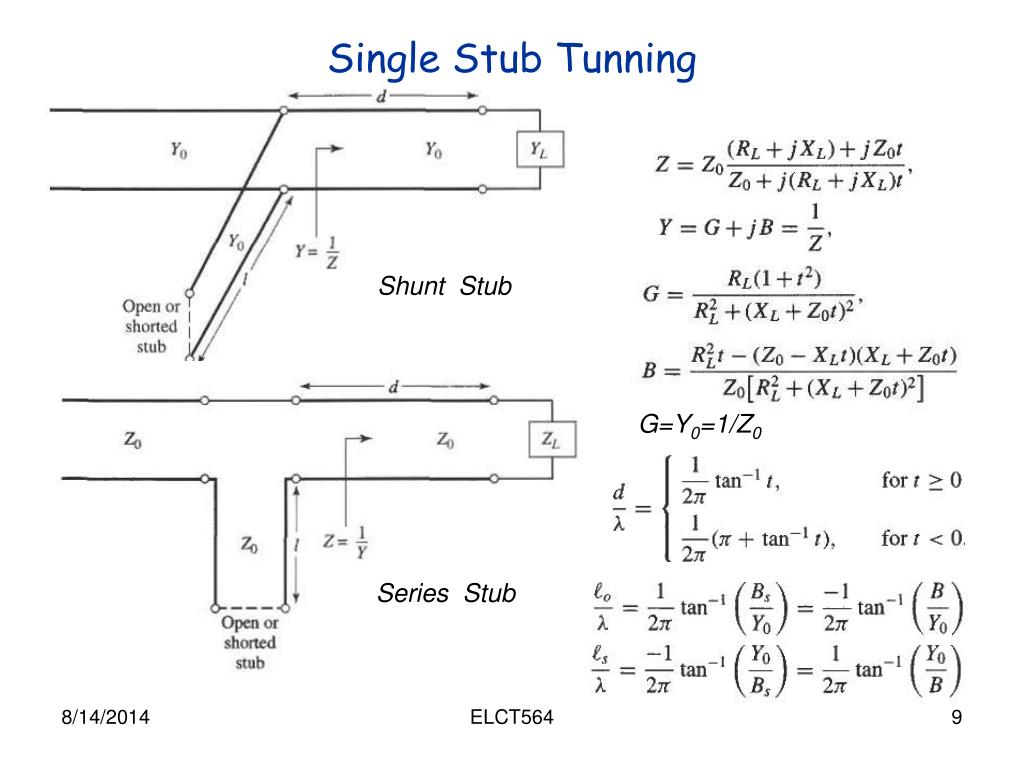
You can buy such transformers as a standard item for a few dollars, with a coaxial connector for the 75 Ω side and screw terminals for the wires of the folded dipole (Figure 4). Fig 3: The standard balun provides an impedance match between a 75 Ω coaxial (grounded) transmission line and approximately 300 Ω balanced (ungrounded) impedance of the widely used folded dipole antenna. They also can transform a grounded, single-ended (unbalanced) impedance into an ungrounded, floating (balanced) impedance.įor example, one widely used arrangement is called a “balun” (sort for balanced/unbalanced) which provides an impedance match between a 75 Ω coaxial transmission line and the inherent approximately 300 Ω (actually 270 Ω ) impedance of a folded dipole antenna (Figure 3). In many cases, this is a useful or even mandatory electrical consideration. Q: What else is unique about transformer-based impedance matching?Ī: Dual-winding transformers inherently provide galvanic isolation between input and output (the alternative single-winding, “tapped” autotransformer is not isolated). Larger ones can also handle substantial amounts of power, which is a benefit in higher-power transmitters. The transformer can be built with very low parasitics and very wide bandwidth and is used in the hundreds of megahertz and even gigahertz range. The impedance ratio between the primary and secondary sides of a transformer is determined by the ratio of the number of turns on the secondary side (n 2) to the number of turns on the primary side (n 1):Īgain, for the widely 50 Ω to 75 Ω transformer, the impedance ratio is 1:1.5 and the turns ratio is 1:1.22, which can be implemented by 4.5 turns on the primary (50 Ω ) side and 5.5 turns on the secondary (75 Ω) side. Q: How is a transformer used for impedance matching?Ī: Just as a transformer’s turns ratio of a transformer can step a voltage up or down, the turns ratio will also transform and match impedance.
#SHUNT LINE WITH SMITH CHART FULL#
Fig 2: Standard impedance-matching adapters are available for widely used resistance pairs, such as this “connectorized” unit (left) it comes with full performance characterization (right). It also features an SMA-female and a quick-connect F-type male connector to be compatible with the likely cable with which it will be used. It has less than 25 dB return loss and an expected 5.7 dB insertion loss. The Mini-Circuits SFQFM-5075+ is a connectorized resistive matching pad designed for optimal return loss from DC to 3000 MHz.

You can buy this matching “pad” complete with connectors (Figure 2). Note that the resistive match can be used down to DC the upper-frequency limit is a function of construction and unavoidable parasitics. (2) Z B = R 1 (R 2 + Z B)/R 1 + (R 2 + Z A)įor the common case of Z A = 75 Ω and Z B = 50 Ω, R 1 = 86.6 Ω and R 2 = 43.3 Ω, which also yields a minimum loss of 5.7 dB. Using Ohm’s law, Equation (1) represents the impedance as seen by Z A, and Equation (2) represents the impedance seen by Z B. The configuration that results in the lowest insertion loss while still matching impedances.įig 1: Impedance matching between purely resistive source and load is fairly straightforward.
#SHUNT LINE WITH SMITH CHART SERIES#
It uses a series resistor and a shunt resistor.


This section looks at some matching techniques. The importance of impedance matching, minimizing reflections, and keeping a low VSWR means these topics have been studied extensively, ranging from analytical perspectives through many physical designs and implementations. Understanding the role and implications of impedance in RF transmission lines and antennas is vital to successful system performance.


 0 kommentar(er)
0 kommentar(er)
